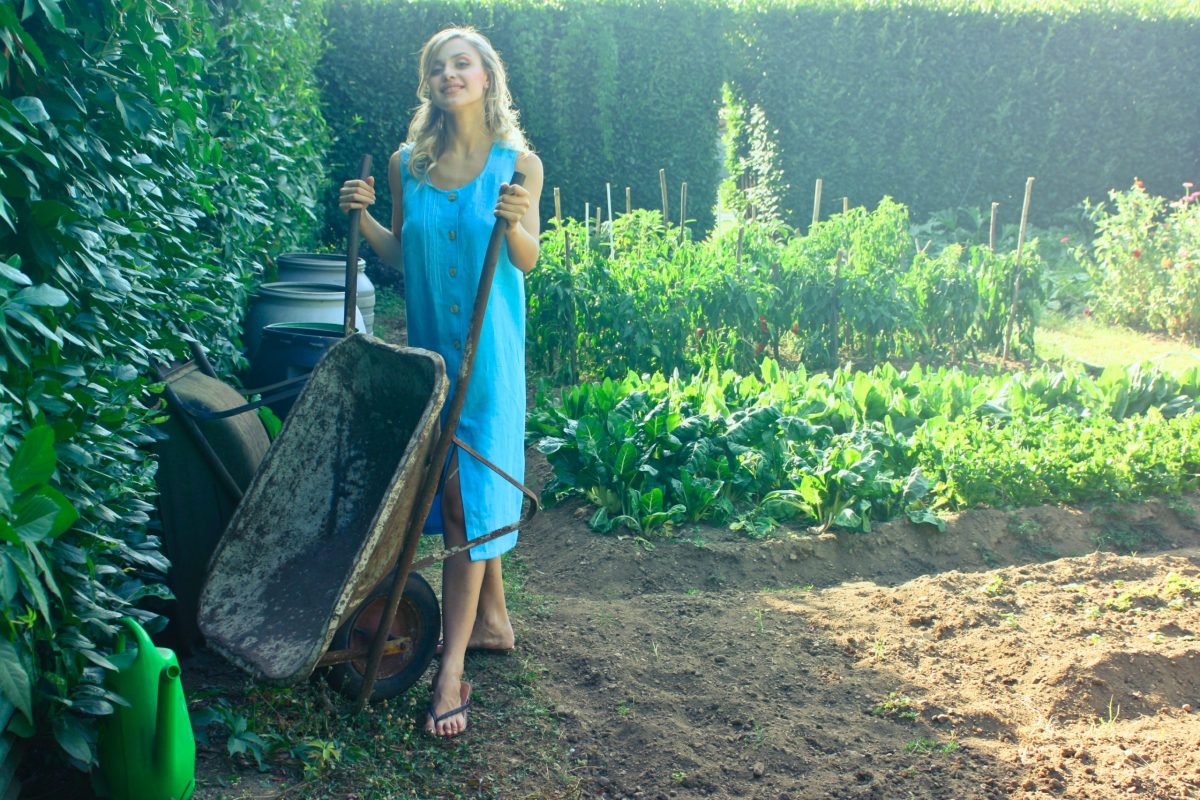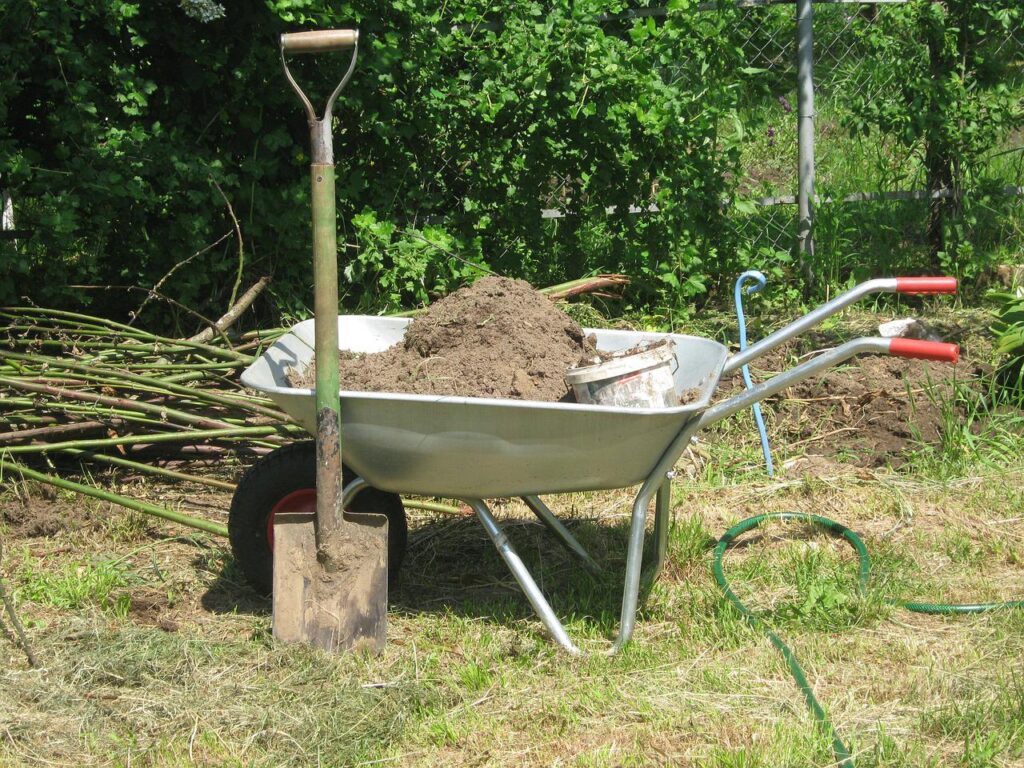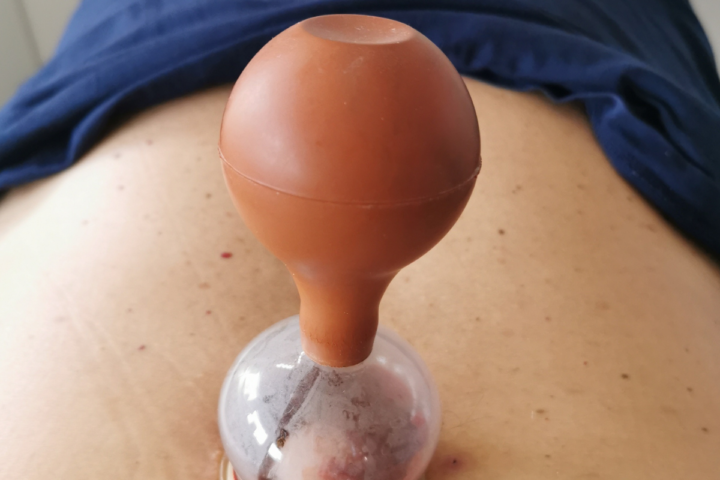Although garden maintenance is great pleasure, it is also hard physical work. After all, a lot of gardening activity is done standing up or moving. How can you dig, rake or mow properly so that you don't hurt your back and how can you avoid putting strain on your spine when gardening?
Remember to warm up.
Weeding for long periods of time, lifting boxes or digging flowerbeds is a tough test for our backs. It usually ends back pain, sometimes even for several days. Strain on the spine can end up in a really serious disorder, even excluding us from life for weeks. That's why it's important to prepare your muscles before you start gardening.
All you need to do is run not too fast in place or across the lot and perform a few trunk twists and arm extensions, and swing your legs a little. This warm-up will prepare our muscles for the work.
How not to strain the spine when digging?
A team of researchers from Coventry University has discovered that incorrect kicking technique puts as much as double the strain on certain joints, which can end up in injury. They found that a faulty posture when kicking, puts half as much strain on the lumbar spine as when positioned correctly.
At the same time, the researchers have established how one should dig properly. The correct technique for this work is to make regular, repetitive movements, not chaotic and random ones. In the correct posture, the back is bent minimally and the knees are bent a lot. A bad one, on the other hand, is characterised by a strong forward lean, extension of the limbs and poor control of movements.
How not to strain your back when planting crops and weeding beds?
Work that we do close to the ground is not comfortable for us and also puts a strain on our back. For these, too, we must pay close attention to the position in which we work.
Remember that kneeling is one of the healthiest positions. However, always try to have a straight back. Every hour, get up and stretch, stretch your arms up and straighten your back a lot. As it turns out, it is a big mistake to work sitting on a low stool. It is also inadvisable to work in a squatting position, as it causes pain in the legs and excessive strain on the spine.
Another mistake is to stand upright and bend to the ground. A load of several hundred kilograms then acts on our spine! In order to reach for something that is low, we always perform a squat, bending our legs at the knees, pushing our buttocks back and keeping our back relatively straight.
How to use tools properly?
Using the wrong tools can also put our backs at risk. If you work with a rake or spade that is too heavy or a pitchfork with a handle that is too short, you will be forced into a bent position, which will result in back pain and back strain. In order to prevent this, tools should be chosen according to your height and lightweight equipment should be purchased.
When working, you need to keep your posture as upright as possible and do the work itself in line with your body - i.e. in front of you without twisting to the side. It is also important to take breaks at least every hour while working.
Basic advice on how not to strain the spine when gardening.
- Remember to change the position you work in frequently,
- divide up the work so that different activities take turns,
- do not make any sudden movements,
- Carry weights only when you really have to,
- divide a large load into smaller parts,
- don't bend your back - instead, bend your legs,
- do not work with your arms stretched above your head,
- try to get your joints moving before work,
- Every half hour to an hour or so, take a break and move your body,
- buy comfortable lightweight tools that fit your height
- place the tools so that you don't have to bend down to pick them up,
- take good care of your tools to make your work easier.





